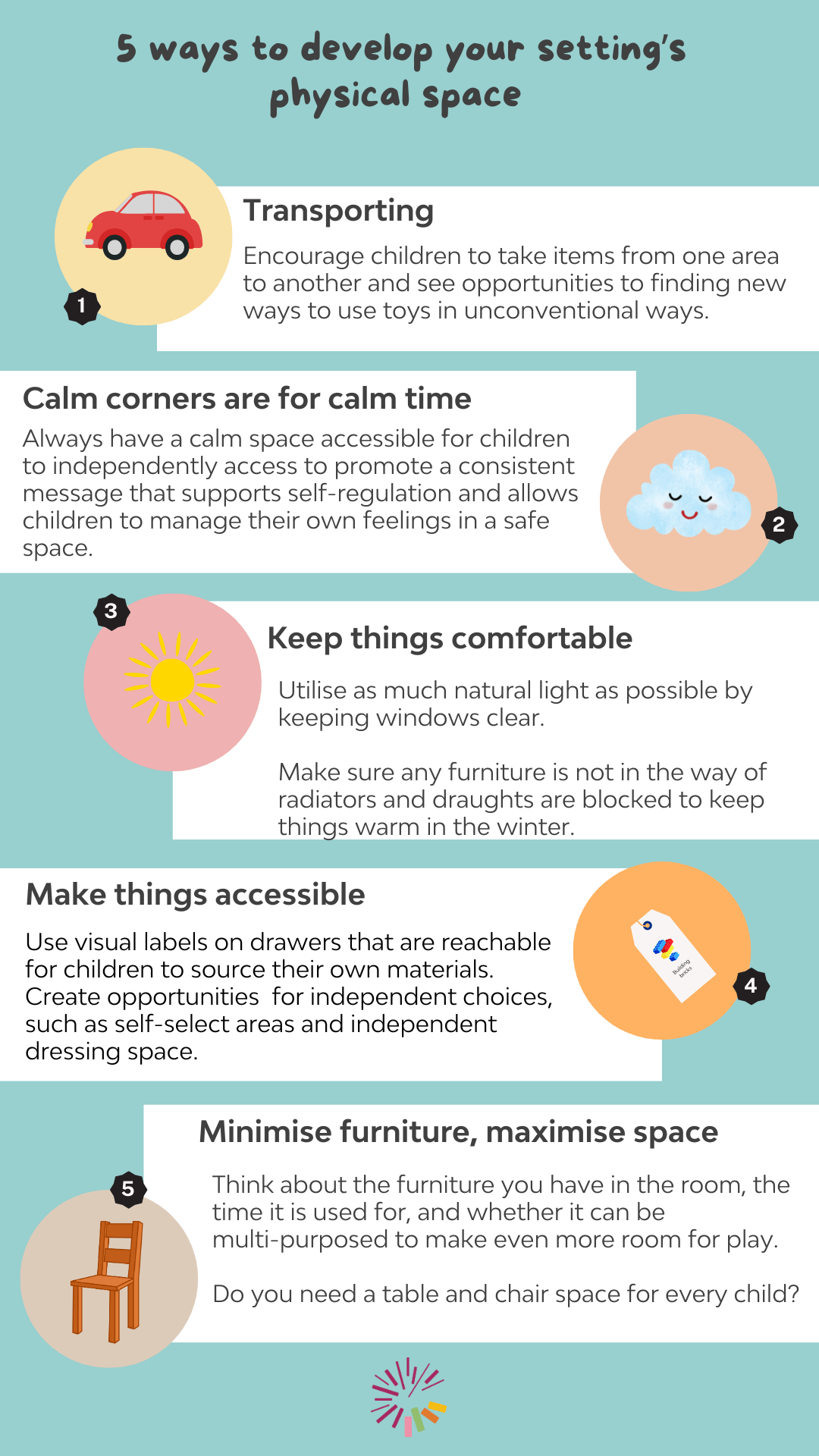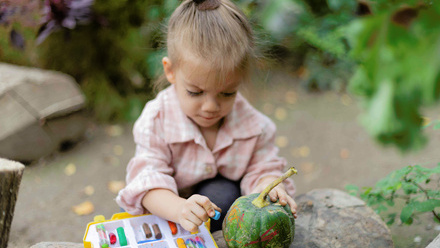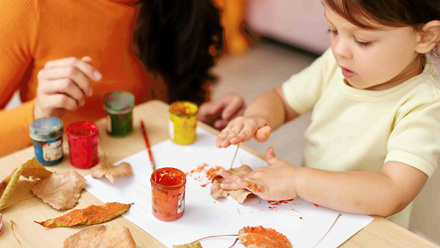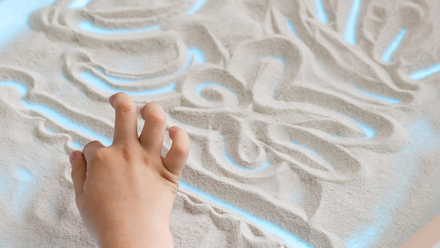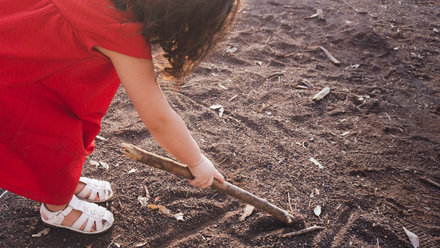Ways to develop your setting’s physical space
Every early education and care setting is unique in its needs, its ethos and its physical environment. In a child-centred profession, a lot of our day-to-day focus is on the here and now to support children with their rapid development. However, the setting itself is important to consider when thinking about the needs of each child in our care. From the colours we use to the way we use furniture in the setting, taking time to reflect on our use of the physical space can be beneficial for the children and the staff working in the space.
Let’s explore some ways to make the most of our space!
Ways to develop your setting's physical space
Transporting
When organising a provision by separate areas, it can be tempting to enforce restrictions on where the items living in that area can go. Allowing children to mix objects and use them in different areas of the room invites endless opportunities for creative problem solving and critical thinking skills. Encourage children to take items from one area to another and see opportunities to finding new ways to use toys in unconventional ways.
Calm corners are for calm time
Calming down areas and book corners are often found to be one and the same – a space to promote a gentle and restful environment where quiet activities like sensory play and reading can be sought for a peaceful moment alone.
However, these spaces are commonly carpeted and used throughout the day for ‘carpet time’ or ‘circle time’ discussions too. It can be challenging to find an appropriate space for group activity, but using this calm-promoting area for periods of busy group interactions can send mixed messages about the behaviour and activities involved in using this space.
Always have a calm space accessible for children to independently access in order to promote a consistent message that support self-regulation and allows children to manage their own feelings in a safe space.
Keeping things comfortable
Throughout the year, we must consider different responses to the weather to keep things comfortable for young children in our care. Within the physical environment, try to utilise as much natural light as possible by keeping windows clear. In the darker hours of shorter days try lamps that simulate natural light. Similarly, make sure any furniture is not in the way of radiators and draughts are blocked to keep things warm in the winter. This should be particularly considered when working with young babies who are not mobile and therefore prone to chills.
Make things accessible
The physical environment holds a huge potential for encouraging independence within the environment and building confidence in a child’s sense of belonging in the provision. Use visual labels on drawers that are reachable for children to source their own materials and create opportunities throughout the provision for independent choices, such as coat-hangers that are low enough to self-select and accessible shoe storage.
Minimising furniture, maximising space
Our playrooms can quickly get filled with furniture if we aren’t careful, making it difficult to utilise the space for physical activity and risk-free play. Think about the furniture you have in the room, the time it is used for, and whether it can be multi-purposed to make even more room for play. For example, do you need a table and chair space for every child? Can chairs for lunchtime be sourced from elsewhere or do they have to remain in the room?
Critically examining how our furniture is used and what for is the first step in thinking about creating more space for even more fun!
